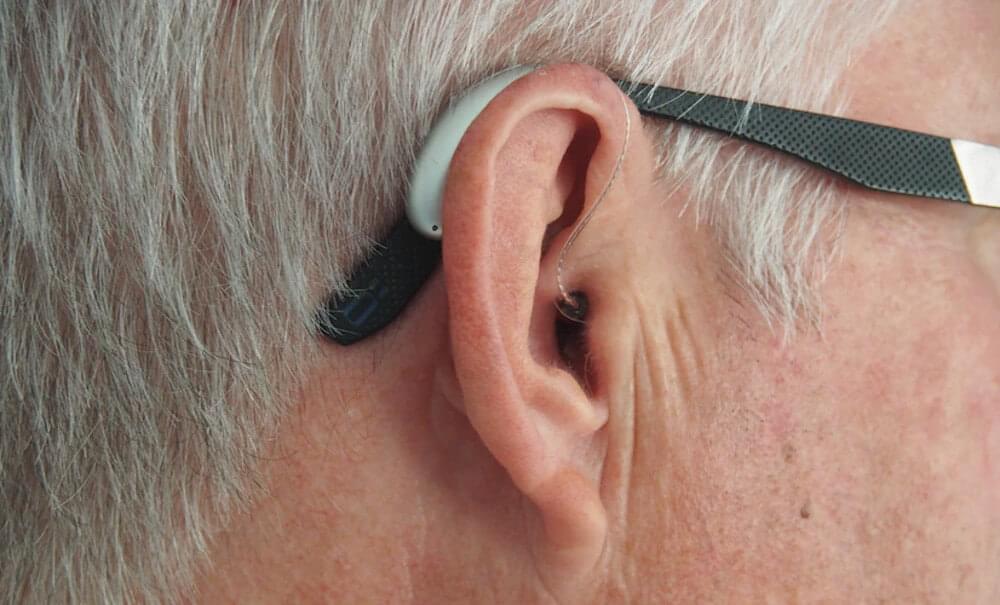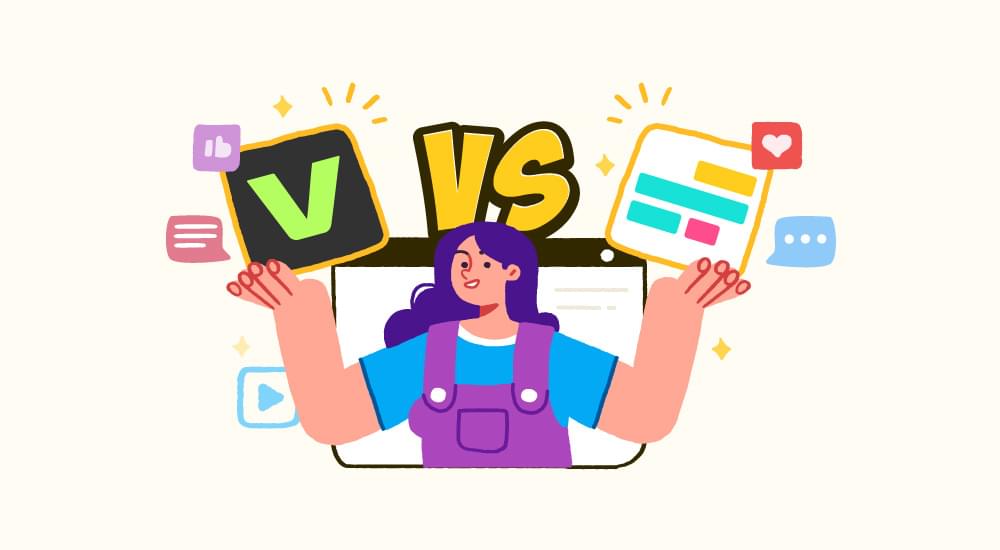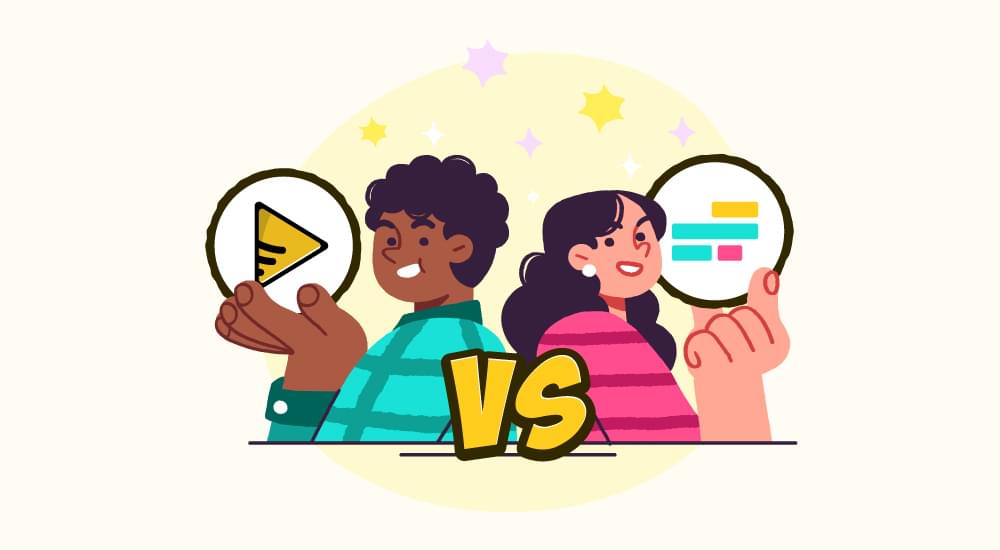
benefits of subtitles in video
How Subtitles Benefit The Deaf And Hard Of Hearing
We have witnessed a thriving moment in media access services over the past few decades. When it is about accessibility, a new innovative approach seems to invade the market almost every other day. Sometimes it can be difficult to assess those technologies that might be thriving and those that may solely form a ‘trend.’ Several technologies have developed deaf or hard-of-hearing people’s experiences over the years, from cochlear implants, simple hearing aids, and closed captions. One example of such aid is subtitling for the deaf and the hard of hearing (SDH). In opposition to standard, interlingual subtitling, SDH comprises the written version of the spoken discussions and relevant sounds and speaker classification data. This kind of subtitling is introduced as ‘subtitling for the deaf and the hard of hearing’ or ‘closed captioning’ (CC).
In most cases, video presentations will give audiences three choices to get their content more available; Subtitles, Closed Captions, or Subtitles for the Deaf or Hard-of-Hearing, identified as SDH. SDH, Subtitles, and Closed Captions are all mechanisms of receptiveness. They all accommodate viewers with a system to understand better and experience the content that they’re spending. But, there are some explicit differences between SDH, Subtitles, and Closed Captions.
What is the distinction between Closed Captions (CC), Subtitles, and Subtitles for the Deaf or Hard-of-Hearing (SDH)?
The primary point we should clear up is the difference between closed captions, subtitles, and Subtitles for the Deaf or Hard-of-Hearing (SDH).
Subtitles are designed for viewing members who do not speak and understand the language in the video. It presents a text option for the conversation in video scenes, while closed captions also describe other sounds that are significant to the story, like a phone ringing or an engine grappling to start. These subtitles are a translated transcription of a video’s transcription, also displaying as text on the screen’s bottom.
If a movie is made in English, for example, but is being displayed in a place where French is the dominant language, the film may have French subtitles. But, because essential subtitles are appropriate that the viewers don’t have hearing problems, they do not incorporate other audio parts, like music, sound effects, or speaker classification.
Closed captions (CC) are meant for audience members who are Deaf or Hard-of-Hearing and present text for all distinct messages. For instance, Closed Captions will include captions for loud sounds, sound effects, and music. It may also add speaker names when required. It is the crucial feature of diversity – Subtitles believe that viewers can listen to the video and do not fuse sound effects. On the other hand, Closed Captions combine all sounding information as they assume that the audience cannot hear the sounds in the video. Closed captions are devised to contribute a text alternative for each noise that’s essential in learning a video’s context. The purpose is anyone should be able to view the sound switched off and still perceive the full knowledge of what’s occurring on screen.
Subtitles for the Deaf or the Hard-of-Hearing (SDH) is a kind of subtitles that have originated in America. SDH merges the advantages of both Subtitles and Closed Captions. SDH is dedicated to both Deaf or Hard-of-Hearing viewers and does not recognize the video’s language. Subtitles designed for the Deaf and Hard of Hearing (SDH) are a kind of mixture of the two preceding samples. They are also a more modern innovation, initially featured in America by the DVD production. The term SDH regularly points to normal subtitles, in the video’s primary language, including significant non-dialogue information, such as speaker classification.
This is the most thorough representation of subtitle or caption, including non-verbal sounds contributing to the viewing experience. For instance, SDH subtitles may transcribe ambient sounds that help produce the video’s perspective. In the video, talkers may respond to off-screen noises; when SDH subtitles point out, viewers who are deaf or hard of hearing can completely comprehend what is occurring in the video. SDH joins both audio and language learning to design one subtitle file. In this system, the file can be available to foreign-language viewers who also may be deaf or hard of hearing.
What are the advantages of SDH Subtitles?
Whether it’s for movies and TV or social media, there are various ideas why you should incorporate SDH subtitles in your video content. Below are just some of its benefits:
1. Increased accessibility
There are an estimated 466 million people around the world who are identified as either deaf or hard of hearing. Fusing SDH subtitles into your videos allows you to approach a more extensive audience. SDH subtitles incorporate essential non-speech audio, sound effects, and speaker classification.
2. Enhanced viewer experience
Not all who accept SDH subtitles require them. Some watchers solely favor using subtitles when viewing videos. Around 10% of television viewers in the United Kingdom practice subtitles every day, and several more now utilize them when seeing clips and programs on the internet.
3. Facilitates video viewing in sound-sensitive surroundings
SDH subtitles enable viewers to see your content in places such as offices and libraries where sounds are often not allowed. Utilizing SDH subtitles, your content can be conceded when the sound can’t be played.
4. SDH subtitles assist sustain absorption and help those with cognitive problems
People grasp and learn content more quickly if they can read it compared to being spoken. SDH subtitles support viewers’ recognition of the content they’re watching, and for those with learning difficulties, subtitles can better absorb and interpret data.
5. Decrease language restrictions
People who do not converse English as their primary language may strive to recognize your spoken content, mainly if it is promptly spoken or too technical. SDH subtitles can simply be translated into foreign languages, allowing foreign speakers to get your content.

How SDH Subtitles Functions in Video
It’s essential to know some of the statutes that may be required if you’re supplementing SDH subtitles to your video post. The Americans with Disabilities Act (ADA) are legally requiring captions for each promotional video, exhibition, or commercial presented in public accommodation as an example. Following a 2012 lawsuit, the streaming platform Netflix was established as a public accommodation point and expected to contribute captions. Several other services now incorporate subtitles and captions to attend industry’s most beneficial practices and suffice legal requirements.
SDH Subtitles Format
For viewers, The main contrast between SDH subtitles and closed captions is that SDH subtitles resemble the interpretation subtitles set on a DVD, while closed captions serve to display as white text on a black border, which usually blocks important parts of the video or film.
Closed captions can be displayed anyplace, and may not precisely meet the pacing of the video. However, SDH subtitles are measured to equal the video’s scenes and perform in a particular video area for smoothness of reading. Additionally, HD formats, such as Blu-ray discs, only utilize SDH subtitles because they do not carry the expected format for closed captions.
Especially on DVDs, subtitles can designate several colors and text characteristics, such as shapes or shadows. It helps the text display up properly on various backgrounds without obstructing out as much of the image. If all the video’s speakers emerge on-screen, the SDH subtitle text may be adjusted to meet the speaker for more obvious identification.
Adding Video SDH Subtitles
SDH subtitles are an imperative innovation for your video, and not just because they benefit the deaf and hard of hearing. Full subtitles have other video advantages, as well. Those Non-native English speakers, or people who are studying the language, may still need to view the video in English but determine subtitles essential for their comprehension. Some people may have cognitive problems when it comes to a conclusion of the video content, so subtitles give another reference of data. Still, others may not be capable of using the video’s audio, and utilizing SDH subtitles can even help them get the full participation.
Encoding The SDH Subtitles
It can also be vital to learn some of the behind-the-scenes technical specifications about SDH subtitles when appending SDH subtitles to your video. SDH subtitles are encoded separately in videos depending on the mechanism. If a video is shared on a disc, you will encounter different conditions than if your video will be streamed.
In contrast with closed captions, SDH subtitles are often encoded as bitmap images or a set of pixels. There are at least 20 different subtitle formats, and the best ones are based on where the video will be possible and how it will be utilized. Some forms do not support subtitle positioning or colors to be brought over from one platform to another.
With our platform SubtitleBee you can directly hardcode those subtitles on top of the videos.
The SDH Subtitle Files
You will need to begin with a transcription of the video content, including music, background noises, talker classification, and other audio signals. You may begin with the video script and add other audio cues or build a complete new transcription of the video from the beginning. This text can be applied to produce the SDH subtitle file in the right format.
This data can be complicated for video content producers who want to add subtitles or captions, particularly those who produce content to be applied over various platforms. It’s essential to understand if you want you and your spectators to get the complete benefit of incorporating SDH subtitles with your video content.

The Emergence Of Subtitling Technology
A new and conceivably game-changing tool for the deaf and hard-of-hearing was advertised, and we all held in our steps a few years ago. It was named Google Glass, and it was launched into the market in 2013. It created an optical head-mounted display formed as a pair of eyeglasses that presented information in a form comparable to a smartphone. The product that was meant to transform the industry never really got on. Still, there was much discussion about its subtitling potential, which utilizes speech recognition software to trace and recognize speech, turned into subtitled text on the viewer’s eyepiece. A viewer could change the subtitle decoder or linguistic software on or off at the tap of a button. The display technology could probably have been used to provide real-life subtitles for the deaf and hard of hearing and even interpret subtitles for foreign speakers.
Three years later, the technology was abandoned, and since then, the trailer on real life subtitles has been stripped. For the hearing population, this may seem a bit frustrating. Well, notwithstanding the apparent positives on real-life subtitling, there are also a decent few negatives. But nowadays, subtitling and captioning that can greatly benefit those with hearing impairments has seen a revolutionary innovation. There are auto video subtitling tools like SubtitleBee that can positively display subtitles with almost a hundred percent accuracy. These advancements have certainly impacted the deaf and hard of hearing and the whole community that is a fan of comprehending film context.
Add and translate your subtitles to more than 100 languages with high accuracy












